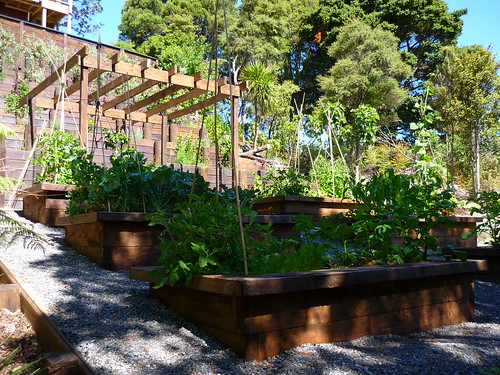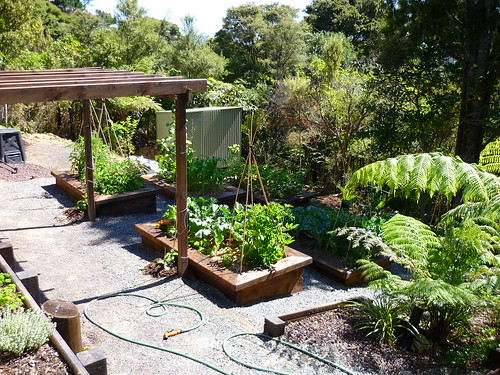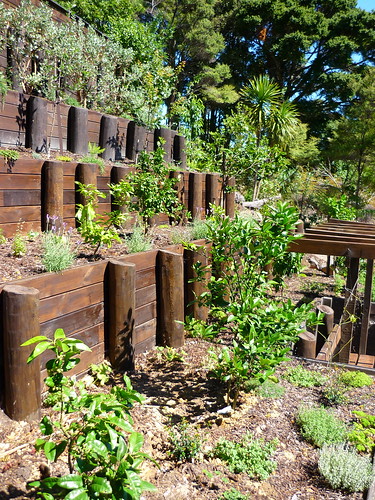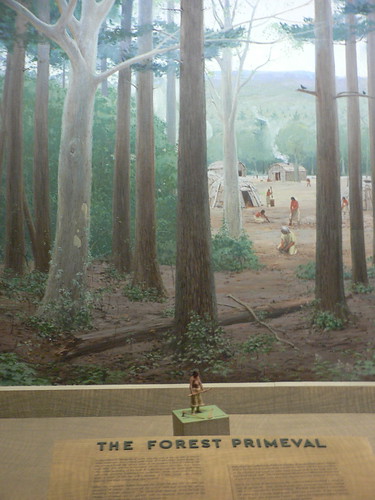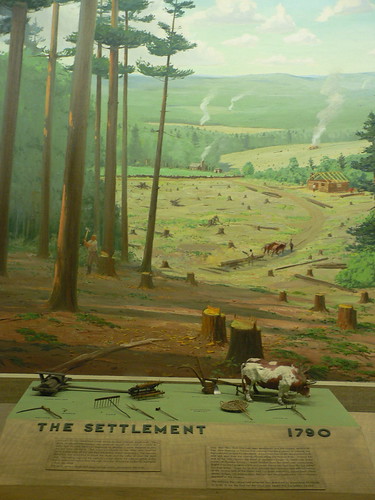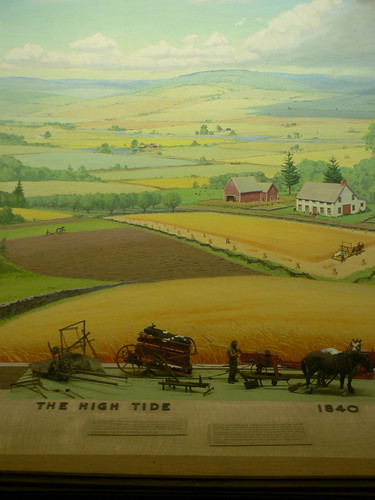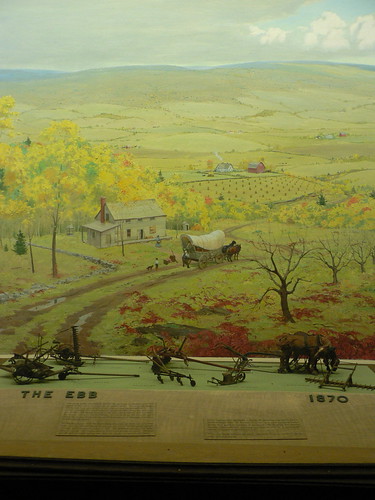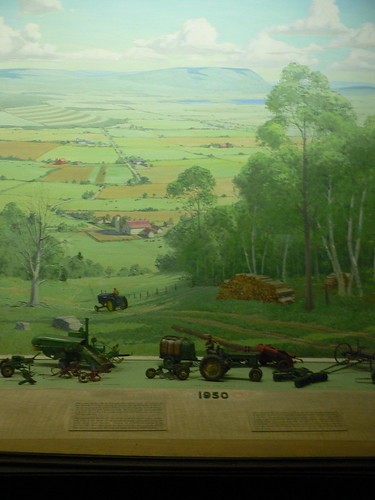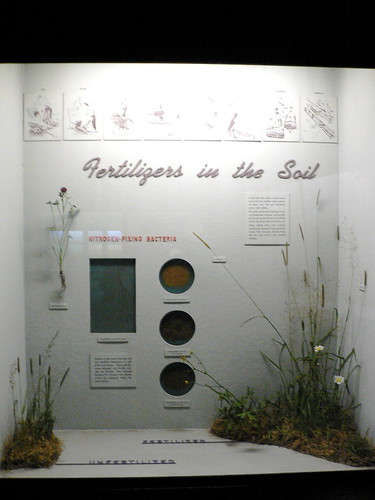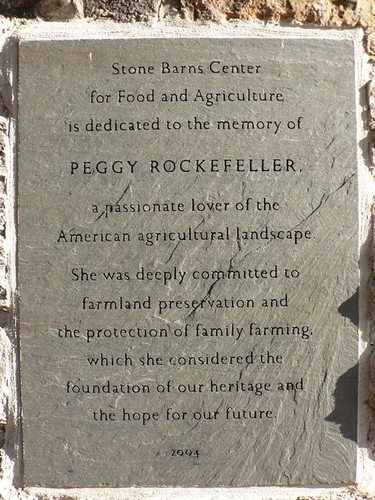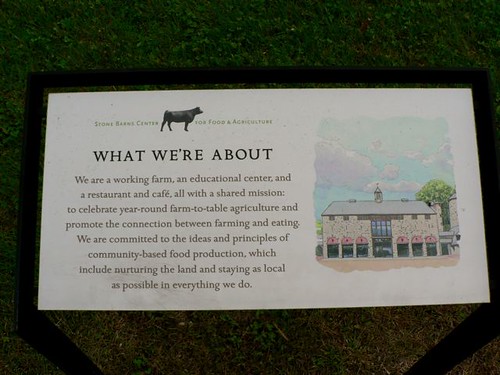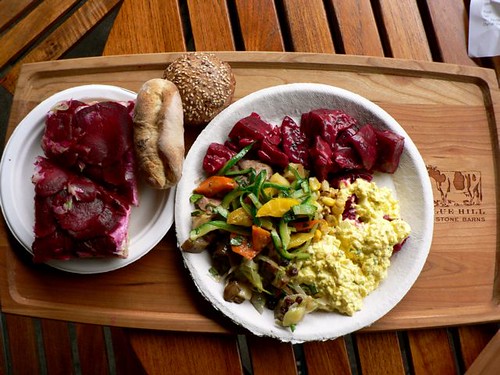

The word for pumpkin in Japan is Kabocha.
Due to the many sub-divisions of botanical types into squashes, gourds and even zucchini the story is a bit confusing. But stick with me, dear readers. In the end it all comes down to the difference between moschata and maxima, smooth and knobbly.
According to
the Japanese Wikipedia,
Portuguese were the main traders with Japan in the 16th century. The Portuguese called the vegetables "Cambodia abóbora" (Cambodian pumpkin), because they had visited Cambodia before Japan, although the types of pumpkin they introduced were Central American 'Cucurbita' squash. (Cucurbita is known as the 'winter squash' family in America).
All pumpkins & squash are called Kabocha in Japan.
They advise wikipedia readers that people in the West only call orange pumpkins 'pumpkin', so the Japanese pumpkin (which is green) is referred to in America as 'kabocha squash' (and, I guess, 'Jap Pumpkin' in Oz, which makes more sense than Kabocha squash, which is sort of like saying pumpkin-pumpkin).
The sub-breed known in Japan as Japan-pumpkin (Nihon kabocha) is part of the 'Cucurbita Moschata' group of kabocha which includes butternut squash.
"It has an exceptional naturally sweet flavor, even sweeter than butternut squash. It is similar in texture and flavor to a pumpkin and a sweet potato combined together. Some can taste like a Russet potato."
"Kabocha originated on the American continental mass. Christopher Columbus found it and took it back to Europe along with tobacco, potatoes, and tomatoes. After that, the vegetable traveled around the globe and was brought to Japan from Cambodia on Portuguese ships in 1541, during the Azuchi-Momoyama period. Subsequently it became known as kabocha. That type of kabocha was the one we now call Nihon kabocha. It has a knobbly-looking skin and is a variety to which the Japan people are well accustomed."


Another group of pumpkin or Kabocha in Japan is 'Cucurbita Maxima' (they call it 'seiyou kabocha': occidental pumpkin), which includes Buttercup pumpkin (Buttercup squash to Americans). It's the largest pumpkin commonly on offer in Japan and is widely cultivated there...
"Today many kabocha in the market are of the type called Kuri kabocha, which was created based on Seiyo kabocha [Occidental pumpkin, which includes buttercup squash] brought from America to Japan during the late Edo period. These are different to Nihon kabocha and are popular for the strong yet sweet flavor and moist, fluffy texture, which is like chestnuts. It's found in the market under such brand names as Miyako, Ebisu, Kurokawa, Akazukin, etc."
The one on the left is Nihon kabocha (Japanese pumpkin, C.Moschata), the one on the right is the common-in-Japan Seiyou kabocha (C.Maxima):

The third category of 'kabocha' is 'Cucurbita Pepo', which includes varieties of squash, gourd and pumpkin. It includes 小型kabocha (small size pumpkin), Donguri kabocha (Acorn squash), Soumen kabocha (Spaghetti squash/spaghetti marrow). This family also includes the orange pumpkins used at Halloween, and zucchini! But zucchini are neither called kabocha in Japanese nor pumpkin in English.
The Cucurbata Pepo family came to Japan from South America by way of China, and the 'China eggplant' is also part of that family.
Pepo:

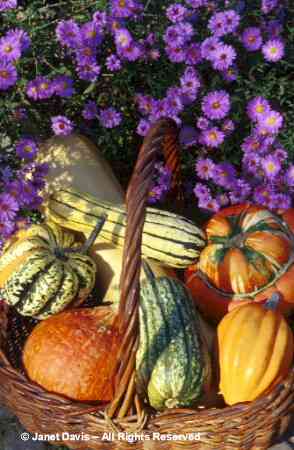
In Japan the bulk of pumpkins are grown in Hokkaido: so outside of Japan, the main green and red Japanese cucurbata varieties are often known as Green Hokkaido and Red Hokkaido. Thus '北海道' (Hokkaido) can be seen as a label of origin, similar to 'Queensland Bananas'. Just keep in mind that 'Red Hokkaido' usually seems to refer to a Japanese variety of C.Maxima, whereas what the Japanese call Japan-pumpkin is C.Moschata. They're different, G.
HOKKAIDO PUMPKIN, KABOCHA SQUASH OR JAP PUMPKIN: WHAT'S THE DIFF, CLIFF?This Australian website describes the ideal growing conditions for Japanese pumpkins in South-Eastern Australia.
It seems that in Australian terms, Japanese Pumpkin (probably the C.Moschata variety called Japanese pumpkin or Nihon-kabocha) is a sub-type of Hokkaido pumpkin, but 'Hokkaido pumpkin' can also refer to a number of other varieties, including C.Maxima.
Varieties include: Ajihei, Ajehei No. 107, Ajihei No. 331, Ajihei No. 335, Cutie, Ebisu, Emiguri, and Miyako.
Answers.com claims that Nihon-kabocha [which the Japanese wikipedia says is a sub-species of Cucurbata Moschata] is "a member of the species Cucurbita maxima, along with the Hubbard and Butternut squashes."
I think they got confused, since Butternut actually belongs to Moschata, and Buttercup to Maxima.
The photo below of a smooth orange pumpkin comes from a site where it was labelled as "Cucurbita maxima 'Uchiki Kuri'/Orange Hokkaido."
When you're cooking Japanese recipes, just remember that what most Japanese recipes use is the green 'Japan Pumpkin' (C.Moschata), knobbly and sweet, which can be substituted with butternut squash. The other main type of pumpkin (seiyou) also bred in Japan is the C.Maxima and tastes somewhat different, but is also commonly used in Japanese cooking. In the west these will most commonly be labelled hokkaido red or hokkaido green (if the skin is smooth), though there are many sub-varieties.
And if anyone tells you anything different, they're wrong, John.


Japanese pumpkin with pumpkin pudding inside:

Try grilling your Japanese pumpkin stuffed with 'sea chicken' (canned tuna) and cheese:

I guess Maytel's 'Jap pumpkin' could be any one of a number of crossbred-in-Hokkaido Japanese varieties of the South American originating Curcubata family... although if it was going to be called a Japanese pumpkin in Japan, it would need to be knobbly and dark green and heavy and have dense sweet orange flesh...
You'd have to see the skin to know I guess!
Like David Byrne sang "It could be black, it could be white, I could be wrong, I could be right"
An interesting point about the ripening process:
"When kabocha is just harvested, it is still growing. So, unlike other vegetables and fruits, freshness isn't as important. It should be fully matured first, in order to become flavorful. First, kabocha is ripened in a warm place (77°F for 13 days, during which some of the starch converts to carbohydrate content). Then it's transferred to a cool place (50°F and stored for about a month in order to increase its carbohydrate content). In this way the just-harvested, dry, bland-tasting kabocha is transformed into smooth, sweet kabocha. Fully ripened, succulent kabocha will have reddish-yellow flesh and a hard skin with a dry, corky stem. It is heavier than it looks. It reaches the peak of ripeness about 1.5~3 months after it's harvested."
Now that you know the difference, you can tell straight away that this is not a Nihon-kabocha:



